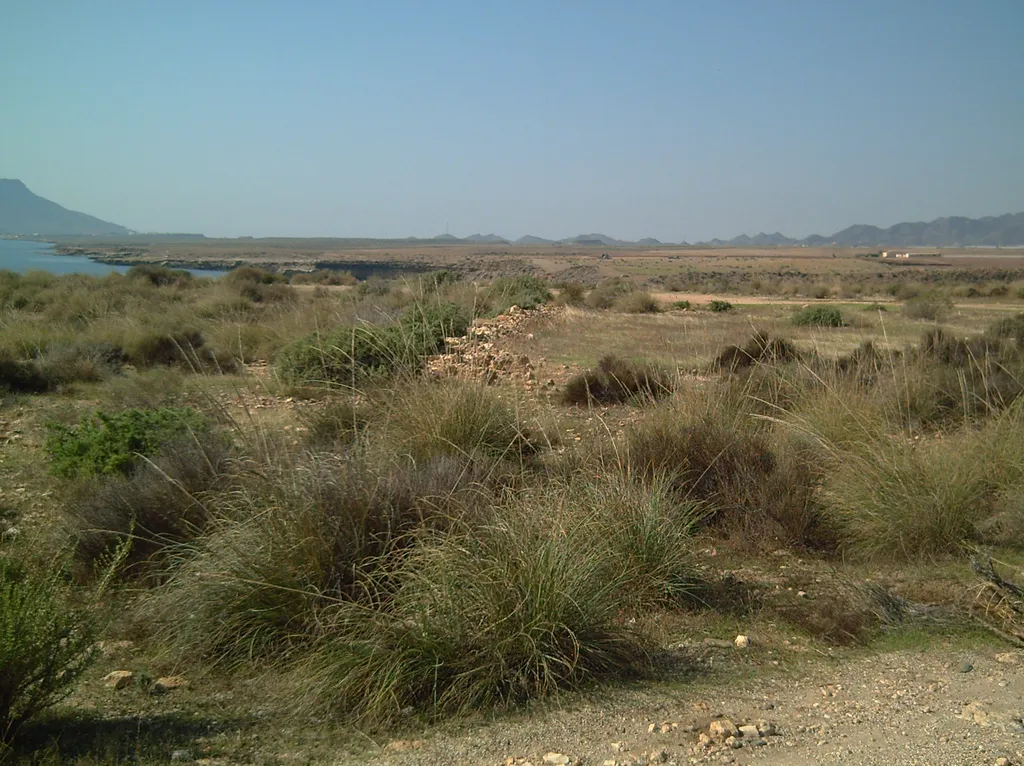In the arid steppes of Tunisia, a humble grass is revealing remarkable secrets about survival and adaptation. Stipa tenacissima, commonly known as Alfa grass, is a key species in the Mediterranean Basin’s drylands, and new research is shedding light on how its seedlings adapt to harsh conditions. The study, led by Khouloud Krichen from the Laboratory of Ecosystems and Biodiversity in Arid Land of Tunisia (LEBIOMAT) at the University of Sfax, explores the plasticity and biomass allocation of S. tenacissima populations across a rainfall gradient, offering insights that could shape future conservation and land management strategies.
The research, published in the ‘Journal of Oasis Agriculture and Sustainable Development’ (translated to English as ‘Journal of Desert Agriculture and Sustainable Development’), reveals that S. tenacissima exhibits significant variability in its traits, depending on the rainfall conditions at the seed source. “We found that populations from drier regions tend to invest more in root systems, while those from wetter areas focus on leaf development,” Krichen explains. This adaptability is crucial for the species’ persistence in the face of climate change and increasing aridity.
The study involved growing seedlings from populations representing a rainfall range of 100 to 400 mm per year in a common garden. The results showed that populations differed significantly in above-ground biomass, leaf traits, and root traits. For instance, the Hassi El Frid population exhibited higher above-ground biomass and more robust leaf architecture, while the Sfax populations developed larger root systems. “This variability is a testament to the species’ resilience and its ability to thrive in a wide range of environmental conditions,” Krichen notes.
One of the most striking findings was the high variability in trait plasticity among populations. The Sbeitla population, in particular, showed the greatest trait plasticity, indicating a high degree of adaptability. The research also found that specific root length (SRL) and leaf traits were positively correlated, while mean root diameter (MRD) decreased with increasing aridity. These findings support the optimal partitioning theory, which suggests that plants allocate resources in a way that maximizes their fitness under given environmental conditions.
The implications of this research are far-reaching, particularly for the energy sector. S. tenacissima is a valuable resource for bioenergy production, and understanding its adaptive strategies can inform breeding programs aimed at improving yield and resilience. “By identifying the traits that confer adaptability to arid conditions, we can develop more robust cultivars that are better suited to the challenges posed by climate change,” Krichen says.
Moreover, the study’s findings can guide conservation efforts in Mediterranean drylands. As climate change intensifies, understanding how species like S. tenacissima adapt to aridity will be crucial for preserving biodiversity and ecosystem services. “Our results highlight the importance of conserving genetic diversity within species, as this diversity underpins their ability to adapt and persist in the face of environmental change,” Krichen emphasizes.
In conclusion, this research offers a compelling narrative of adaptation and resilience in the face of adversity. By unraveling the secrets of S. tenacissima’s plasticity, Krichen and her team have provided valuable insights that could shape the future of conservation, land management, and bioenergy production in arid regions. As we grapple with the challenges of climate change, understanding and harnessing the adaptive strategies of species like S. tenacissima will be more important than ever.

